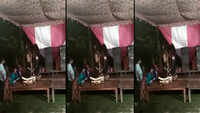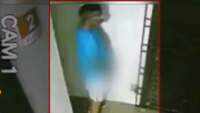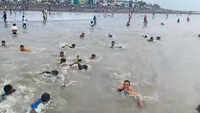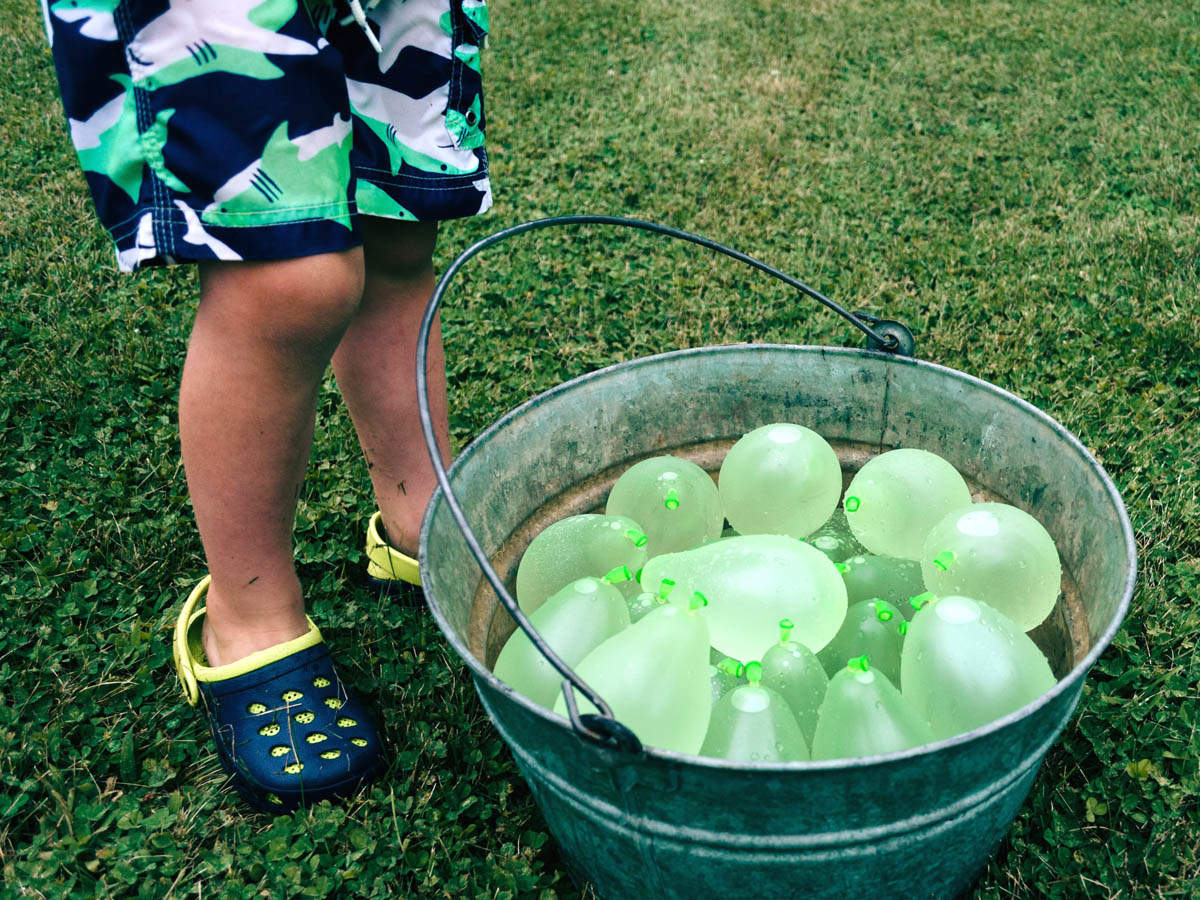
Ranchi: Jharkhand has registered a sharp increase in the number of Covid-19 positive cases in the last couple of weeks and the state’s figures have surpassed the national average on several parameters.
While the national growth rate in the last seven days is 3.53%, it has reached 5.56% in the state. The recovery rate here stands at 44.34% now in stark contrast to the national rate of over 62.72%. Given the current growth rate, public health experts have pointed out that the cases will double in 13 days while at the national level, it will still take over 20 days. Despite these worrying figures, the worst is yet to come, the experts felt.
If the experts are to be believed, Jharkhand is around three weeks behind the national trend in Covid cases and accordingly, the country is expected to reach the peak in the first week of August but Jharkhand is likely to touch the peak in the fourth week of August.
Dr Devesh of Rims said, “The number of positive cases per hundred samples tested is close to 13 in Ranchi which has been indicated in the latest sero-surveillance conducted by the health department. Under these circumstances, we can well understand that a large chunk of the population has been infected and unless intermingling is restricted, it is going to spread even faster.” Dr Devesh is an associate professor in the department of preventive and social medicine.
During the last one week, the positivity rate in the state has remained close to 7% indicating that out of every 100 samples being tested, seven are positive. On July 22, as much as 8.16% of the total 5,376 samples tested were positive. It was 7.01% and 6.32% on July 23 and 24 respectively.
Though very little is known about Sars-Cov-2, the new strand of coronavirus which causes the Covid-19 disease, Devesh said gathering information from previous pandemics like the Spanish Flu and the plague, it is very likely that once around 40-50% of the population gets infected, herd immunity would develop automatically, thereby leading to flattening of the curve. “Given the current rate of infection, we can expect this flattening to start by October-November, but then again there could be a second wave and once that is tackled, the cases would be on the downside of the curve,” he added.
Other experts believed that since hospitals in the state are already functioning at their full capacity and all beds and ventilators are exhausted, there is an urgent need for the government to intervene and check the speed at which the infection is spreading.
A senior doctor at Rims said they can only give suggestions but the decisions need to be taken by the administration. “As health professionals, we understand that the lockdown does not stop the spread of infection but only delays. If the cases come in a segregated manner, the healthcare professionals can take the burden even with limited equipment. Under the current scenario, within one to two weeks, there would be more patients requiring medical intervention than what our hospitals could support,” the doctor said, requesting anonymity.
Places like refugee markets, roadside vendors near the Daily Market, Karbala Chowk and Chutia market in the city are still drawing huge crowds. Places like Sakchi market and bylanes of Bistupur in Jamshedpur are also crowded once again, which could lead to community transmission, the experts added.
While the national growth rate in the last seven days is 3.53%, it has reached 5.56% in the state. The recovery rate here stands at 44.34% now in stark contrast to the national rate of over 62.72%. Given the current growth rate, public health experts have pointed out that the cases will double in 13 days while at the national level, it will still take over 20 days. Despite these worrying figures, the worst is yet to come, the experts felt.
If the experts are to be believed, Jharkhand is around three weeks behind the national trend in Covid cases and accordingly, the country is expected to reach the peak in the first week of August but Jharkhand is likely to touch the peak in the fourth week of August.
Dr Devesh of Rims said, “The number of positive cases per hundred samples tested is close to 13 in Ranchi which has been indicated in the latest sero-surveillance conducted by the health department. Under these circumstances, we can well understand that a large chunk of the population has been infected and unless intermingling is restricted, it is going to spread even faster.” Dr Devesh is an associate professor in the department of preventive and social medicine.
During the last one week, the positivity rate in the state has remained close to 7% indicating that out of every 100 samples being tested, seven are positive. On July 22, as much as 8.16% of the total 5,376 samples tested were positive. It was 7.01% and 6.32% on July 23 and 24 respectively.
Though very little is known about Sars-Cov-2, the new strand of coronavirus which causes the Covid-19 disease, Devesh said gathering information from previous pandemics like the Spanish Flu and the plague, it is very likely that once around 40-50% of the population gets infected, herd immunity would develop automatically, thereby leading to flattening of the curve. “Given the current rate of infection, we can expect this flattening to start by October-November, but then again there could be a second wave and once that is tackled, the cases would be on the downside of the curve,” he added.
Other experts believed that since hospitals in the state are already functioning at their full capacity and all beds and ventilators are exhausted, there is an urgent need for the government to intervene and check the speed at which the infection is spreading.
A senior doctor at Rims said they can only give suggestions but the decisions need to be taken by the administration. “As health professionals, we understand that the lockdown does not stop the spread of infection but only delays. If the cases come in a segregated manner, the healthcare professionals can take the burden even with limited equipment. Under the current scenario, within one to two weeks, there would be more patients requiring medical intervention than what our hospitals could support,” the doctor said, requesting anonymity.
Places like refugee markets, roadside vendors near the Daily Market, Karbala Chowk and Chutia market in the city are still drawing huge crowds. Places like Sakchi market and bylanes of Bistupur in Jamshedpur are also crowded once again, which could lead to community transmission, the experts added.
Quick Links
Kerala Coronavirus Helpline NumberHaryana Coronavirus Helpline NumberUP Coronavirus Helpline NumberBareilly NewsBhopal NewsCoronavirus in DelhiCoronavirus in HyderabadCoronavirus in IndiaCoronavirus symptomsCoronavirusRajasthan Coronavirus Helpline NumberAditya ThackerayShiv SenaFire in MumbaiAP Coronavirus Helpline NumberArvind KejriwalJammu Kashmir Coronavirus Helpline NumberSrinagar encounter
Get the app








